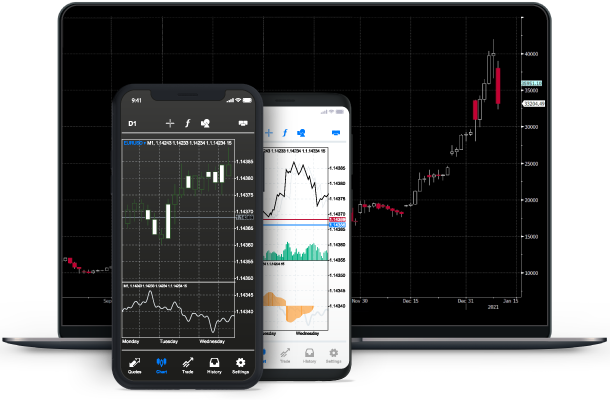Trading Guides: Forex – Financial Leverage
What is Leverage in Forex Trading?
Leverage in Forex enables traders to control market positions that are much larger than their own initial investment. It may be considered as a method of credit that a trader receives from their broker, to help them invest in the forex market without needing to deposit a large amount of capital.
Why is Leverage Required?
The daily trading volume on the Forex market has grown exponentially in the last decade, due to an increasing number of retail traders entering the market.
Financial leverage is an important aspect of FX trading, because it allows investors to enter the market with a relatively small capital. By using financial leverage, a trade that ordinarily would have required an investment of $50,000 can be placed with only $500. This enables traders that were previously unable to start trading due to strict entry requirements to begin investing in the foreign exchange market.
![]()
LEVERAGE EXPLAINED
Financial leverage is expressed in ratios, e.g. 1:1, 1:10, 1:100. The amount of leverage used and a trader’s initial investment define the size of trades the trader will be able to control. Using an initial investment of $1,000 as an example, varying levels of financial leverage would have the following effects on an investor’s trade size availability:
|
LEVERAGE |
TRADE SIZE |
|
1:1 (No Leverage) |
$1,000 |
|
1:5 |
$5,000 |
|
1:10 |
$10,000 |
|
1:20 |
$20,000 |
|
1:30 |
$30,000 |
As shown in the table above, the higher the leverage the larger the trade size a trader can control. Even though leverage can be a big benefit for the trader, it involves significant risk.
In order to understand how financial leverage can increase profits and lead to greater losses, it’s important to first understand what we mean by the term Margin.
WHAT IS MARGIN IN FOREX TRADING?
![]()
Margin is the deposit required to operate with financial leverage. This is the minimum amount that the trader should have in their trading account, which will be reserved when they open a trade with leverage.
The required amount for margin depends on the size of the trade being placed and the leverage being used. When using a trade size of 1 standard lot ($100,000), the required margin would change based on the leverage used, as illustrated in the following table:
|
LEVERAGE |
MARGIN REQUIRED |
|
1:1 |
100% |
|
1:5 |
20% |
|
1:10 |
10% |
|
1:20 |
5% |
|
1:50 |
2% |
|
1:100 |
1% |
As can be seen in the table above, the higher the financial leverage used the lower the margin required to open a market position. So, if an investor wanted to open a position of 1 standard lot ($100,000) using a financial leverage of 1:50, they would need to have $2,000 in their account to be used as margin.
Benefits & Risks of Leverage
Leverage can potentially increase profits for an investor; however, it is also burdened by a significant amount of risk that may lead to greater losses. Caution when using leverage is strongly advised, at all times.
Traders that enter the market without enough capital and use a leverage ratio that they are unable to economically handle may quickly see their investment disappear in the smallest of market moves.
When a trader decides to use a high ratio leverage but has invested little capital, most of that capital will be reserved for margin; meaning, that if the market turns the undesired way then the trader could probably lose their entire initial investment just on one trade.
Because of this, it is very important for investors looking to enter the Forex market for the first time to first and foremost understand the importance of both leverage and margin, as well as how the markets work, before they even begin trading. A proper risk management strategy is also necessary and highly advised, which should include the use of appropriate levels of leverage based on available capital, as well as the use of Stop Loss and Take Profit levels.
Finally, beginners should always practice their trading on a Demo Account, before they invest real money, since this will enable them to get a deeper understanding of the markets, and is the perfect opportunity to practice and to improve their trading skills without losing any capital.













